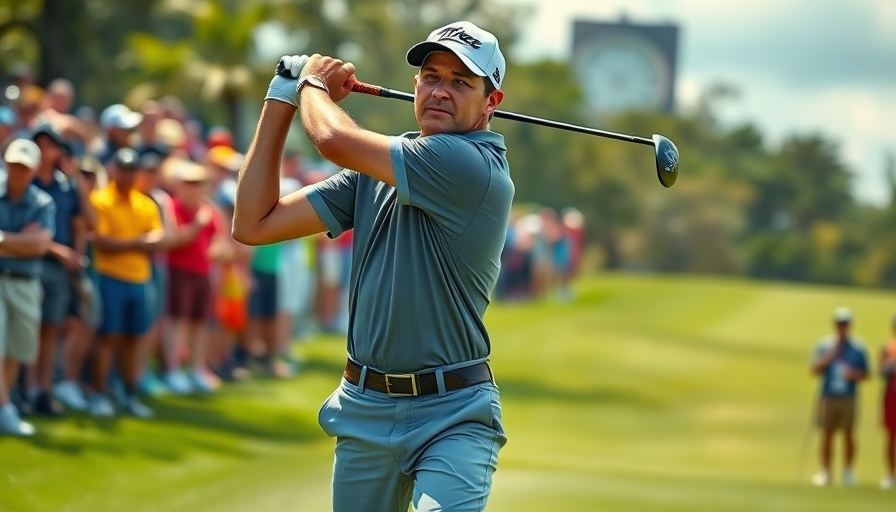
Happy Gilmore: A Beloved Classic Returns
It’s hard to believe that nearly 29 years have flown by since Happy Gilmore first hit theaters in 1996, and now Adams Sandler is ready to take a swing at a sequel, Happy Gilmore 2.
Anyone who has ever walked past a golf course has probably heard the unforgettable lines that have become echoed phrases in pop culture since the film's debut. With its unique blend of humor and sportsmanship, Happy Gilmore, starring Adam Sandler and featuring Bob Barker, became a cult comedy classic. As residents of Louisiana, it's a celebration not just of nostalgia but also of coming together to laugh and enjoy a simple but memorable piece of entertainment.
The Legacy of a Cult Favorite
When you think of the films that defined the 90s, Happy Gilmore stands out not just for its laugh-out-loud comedy but also for its depiction of an underdog rising to success in a sport that seemed unwelcoming. It’s a testament to the power of determination, much like how Louisianans embrace their love for sports, whether it’s cheering for the Saints or enjoying a good round of golf with friends.
Behind the Scenes with Sandler
Adam Sandler’s inspiration for Happy Gilmore stemmed from his childhood experiences, specifically his time spent at the driving range with his father and a hockey player friend whose powerful swing amazed everyone. “Sandler’s relatable childhood resonates with many of us who have fond memories—of going outside, playing games, or discovering our own paths in life,” reflects one fan.
The collaboration between Sandler and co-writer Tim Herlihy was a striking factor in the film’s success. After their first movie, Billy Madison, the duo used every idea they had left and melded it into the creation of Happy Gilmore.
The Humor We All Need
Why does a movie like Happy Gilmore still resonate with audiences almost three decades later? For many in Louisiana, it’s not just about the comedy; it's about the connection it creates between family and friends, whether that’s gathering around the television for a streaming marathon or sharing lines that have turned popular gatherings into laugh-filled moments. Humor has a beautiful way of bringing people together.
What’s Next for Adam Sandler?
As excitement mounts for the upcoming sequel, fans are eagerly awaiting to see how Sandler's character, Happy, will tackle challenges almost three decades later. Will we see a more seasoned golfer full of wisdom? Or will he stick to his goofy guns that made him beloved? As Louisianans love their traditions, we understand the joy of nostalgia, and we can appreciate the anticipation surrounding Sandler’s new venture.
The Bigger Picture: Golf and Cinema
While movies often reflect societal values and interests, Happy Gilmore shines a light on the clash between traditional and unconventional sports ideologies. Golf is often viewed as a refined sport, yet Sandler's character offers a refreshing take, drawing in viewers who might not typically pay attention to golf. Similarly, the local culture of Louisiana, with its unique blend of tradition and modernity, resonates with this story of breaking norms.
Cult Status and Cultural Impact
The film’s considerable effect is evident each summer, as new audiences discover it through platforms like Netflix. As local fans share snippets of their favorite scenes on social media, it's a solid reminder of how cinema can transcend generations, bringing families together to share laughter.
Conclusion: Time for New Laughs
The premiere of Happy Gilmore 2 promises to be a celebration—of laughter, nostalgia, and community. As we count down to its release, let’s remember what it means to revel in heartfelt entertainment and to enjoy shared memories with the people we care about most. Keep your eyes peeled, Louisiana; it's almost time to gather your friends and swing back into the fun!
 Add Row
Add Row  Add
Add 



Write A Comment